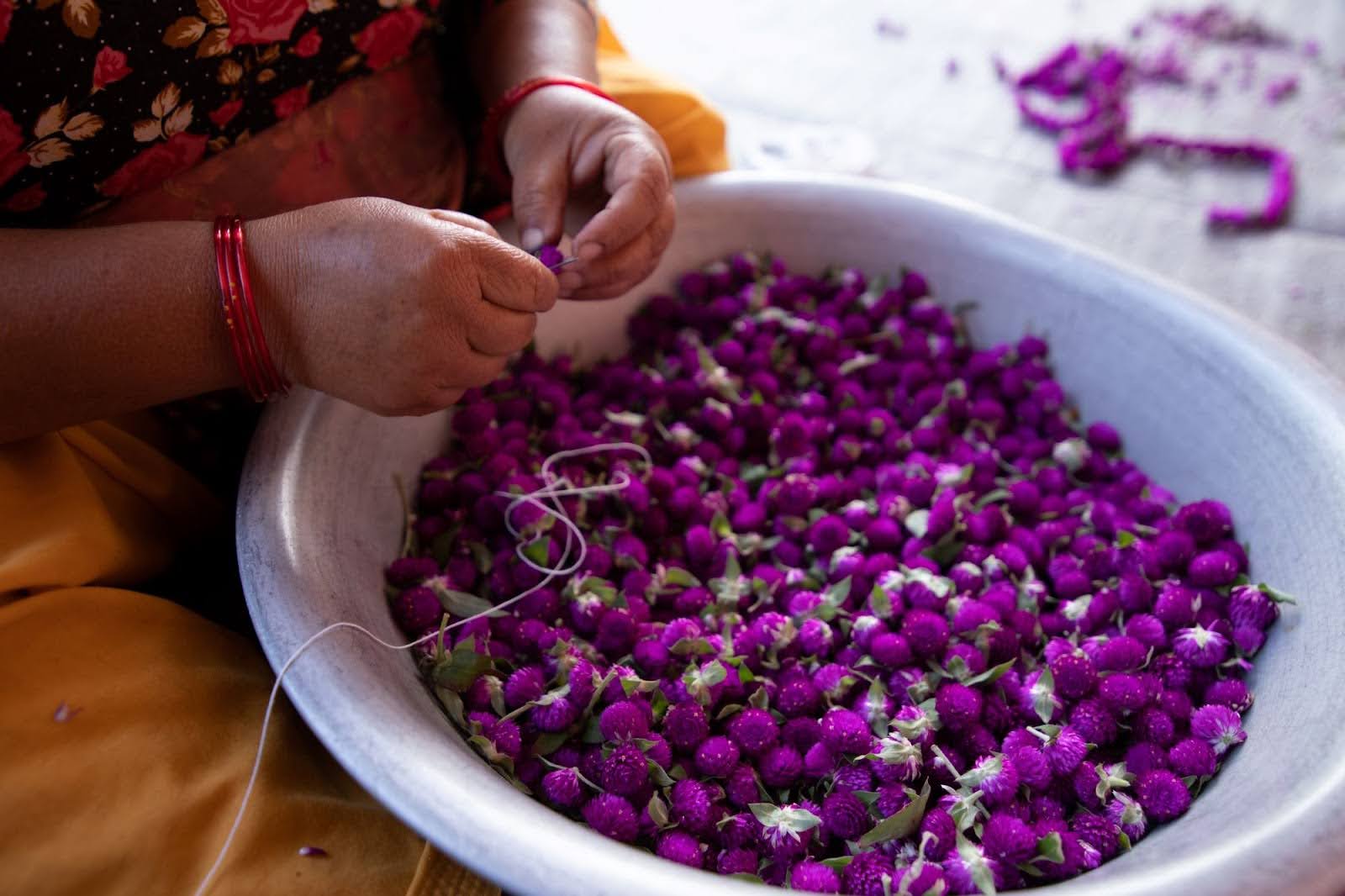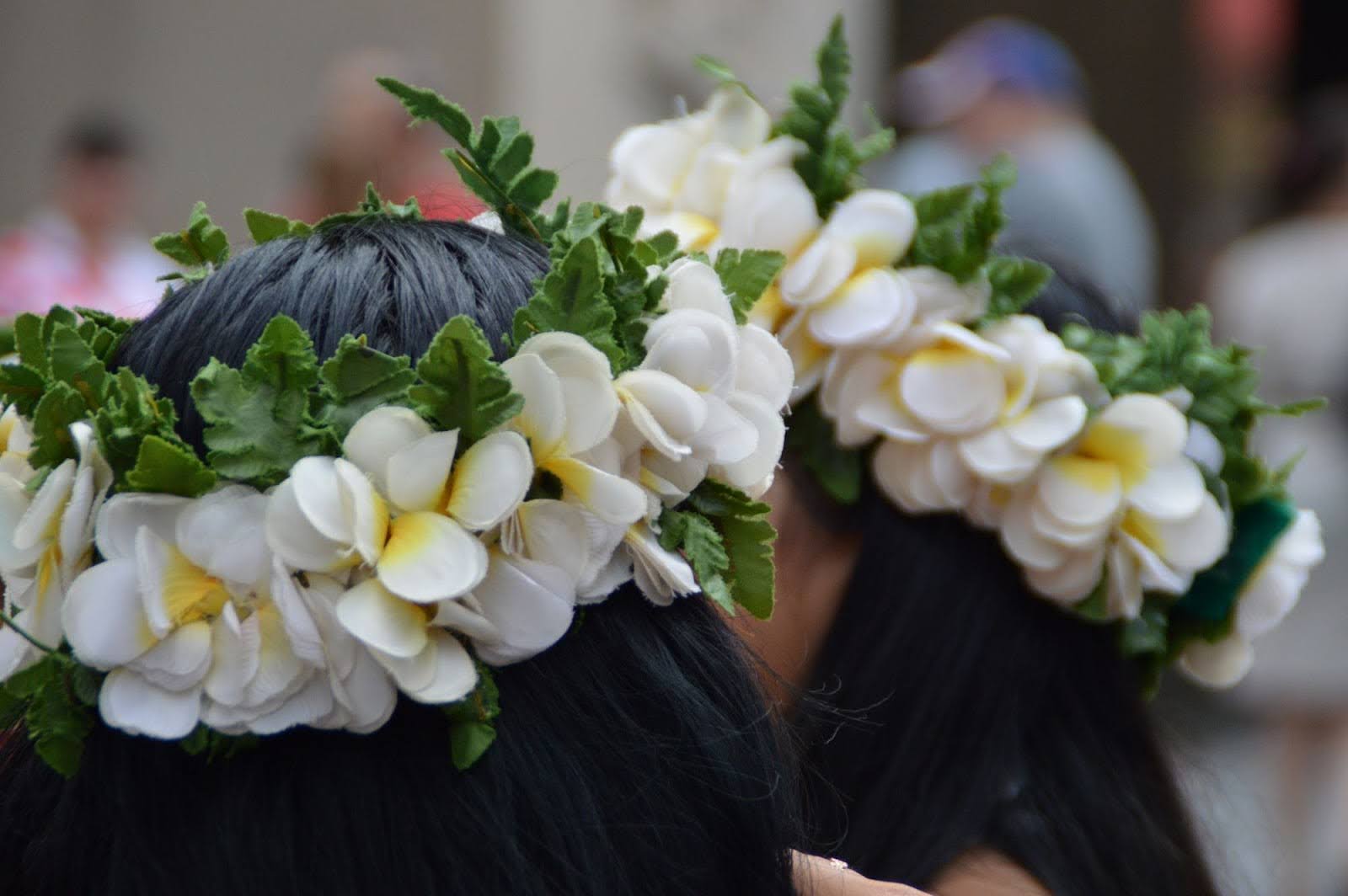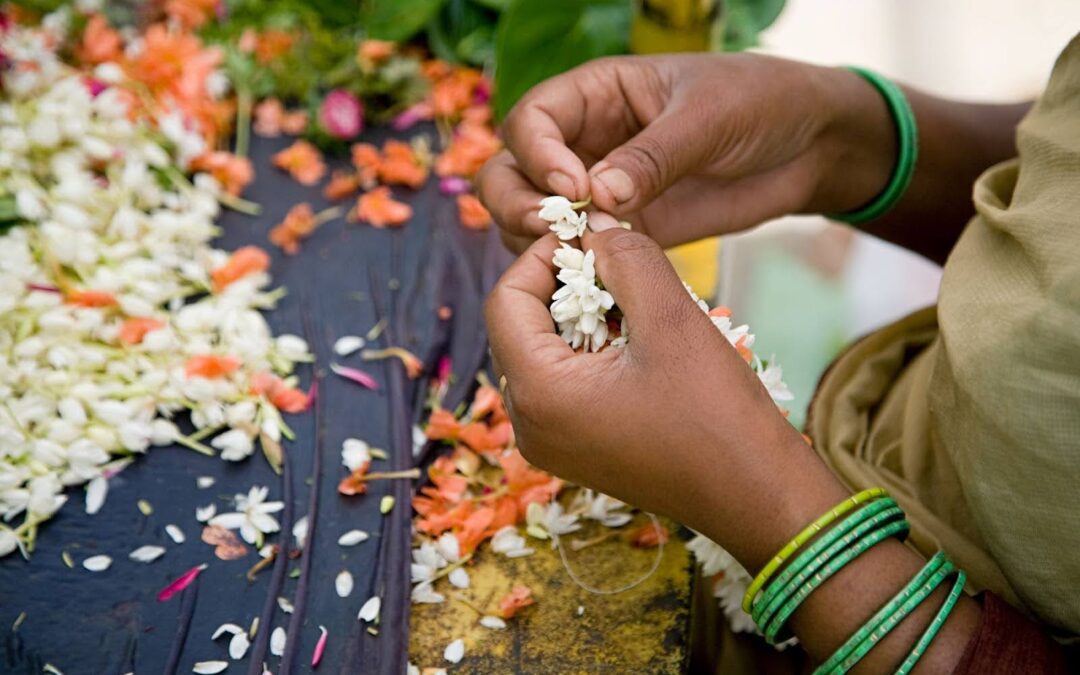The Sacred Art of Lei Making
If you have ever had the pleasure of exploring the fascinating islands of Hawaiʻi, then you have more than likely been gifted, or at least heard of Hawaiian lei. Lei making is an incredibly important tradition in Hawaiian culture, a craft that is often used for celebrations such as weddings, graduations, and even funerals. Far more than a tropical accessory, lei making is a spiritual and cultural art form rooted in love, respect, and connection. Follow along to learn more about the history of lei, how they are made, what flowers are used, and how to preserve your unique floral gift.
The Ancient Craft of the Hawaiian Lei
The history of lei making can be traced back to the earliest Polynesian voyagers. As Polynesians settled the Hawaiian islands, they brought with them their own unique customs and traditions, including lei-making, to the tropical islands. The original lei was a bit different than lei you could expect to see today. In addition to flowers, seeds, feathers, shells, and even bones and teeth, were often included in these stunning garlands. Each lei was created with a purpose; some were crafted to symbolize status or celebrations, while others were made to garner protection. Although the beauty of the lei is undeniable, they are not simply decorative, instead they symbolize sacred meaning and tradition. Warriors wore them into battle, lovers exchanged them as a sign of devotion, and priests crafted them as offerings to the gods.
The Process of Lei Making
The art of lei making is a slow and mindful practice. Hawaiian elders often tell stories while weaving their lei, allowing for their wisdom to be passed over to the floral garments. Often viewed as a form of active prayer by elders, traditional lei are thought to represent tangible expressions of love, grace, compassion, and more. A stunning symbol of Aloha. There are several traditional methods used when building a lei, all requiring patience, presence, and care.

Hili Lei
Generally used with just one kind of plant, often vines or ferns, that are braided together to create a beautiful woven garland.
Kui Lei
The most recognizable lei crafted today. These lei are made by piercing flowers with a needle and stringing them together, creating colorful floral arrangements.
Wili Lei
Less common today, these stunning lei are made by weaving together flowers around a separate base.
Haku Lei
Often used during hula performances and ceremonies, these hand-woven head lei usually include an assortment of flowers and other plants. See these ceremonial haku lei worn by our hula dancers during authentic Oʻahu hula shows.
Flowers and Their Meanings
Each flower used in lei making carries its own distinct symbolism and has ties to the island it is most associated with. Flowers used in the lei-making process often represent emotions like love, respect, or remembrance. Here is a list of popular flowers used in traditional lei and their cultural significance.
Plumeria
These round and colorful flowers come in many colors and hues, ranging from light pinks, yellows, and purples, to vibrant oranges, and snowy whites. Often used in greetings at weddings, these lei are crafted to symbolize positivity, new beginnings, and beauty.
Orchid
Orchid lei are generally made using the Kui Lei method, with each orchid flower carefully strung about to create a beautiful garland of deep pink and purple hues. These lei are popular gifts for visitors, and are believed to represent love, strength, and beauty.
Maile
Unlike other lei, maile lei are not connected on all sides. Instead, maile lei are made to drape over the shoulders, using the leaves from maile vines. These lei are traditionally worn for graduations and wedding ceremonies, and represent respect, peace, and honor.
Tuberose
A gorgeous white flower that is commonly associated with romance, love, and lasting affection, the tuberose is often used in wedding ceremonies, or as a special romantic gesture.
ʻIlima
The official flower of Oʻahu, this beautiful orange flower is seen as the embodiment of royalty, generosity, and respect.
Ginger
These floral arrangements come in two styles, white ginger for women, and red ginger for men. Made to represent passion and healing, these lei are very popular in hula performances. Watch as these meaningful flowers adorn our dancers, each bloom telling a story at our traditional Waikīkī lūʻau.
These are just a few of the many types of flowers that are important to the sacred art of lei-making. Ti Leaf lei, Pīkake lei, Lokelani lei, and more, are other kinds of flowers that add their own depth and symbolism to this beautiful craft.
How to Preserve Your Lei
To store and preserve your lei, keep it in a sealed bag in the refrigerator. Most lei are made of real flowers the same day that they are given out. Because of this, they are perishable. If you would like to preserve your lei as long as possible, keep it in the refrigerator, but note that they will eventually wilt, so wear yours while you can!
The Beauty of Lei
This captivating tradition continues to capture the attention of visitors every year. Lei making is not special because of the vibrant flowers and plants that are used in the assembly of the craft; however, its uniqueness lies in the careful attention to detail, meaning, and symbolism given to each flower and plant. Lei making is a sacred tradition used to pass down stories of ancient Hawaiian peoples and the land they live on. They symbolize strength, love, peace, and more. They represent the spirit of Aloha. To truly appreciate the mana (spiritual power) of lei, join us at our Waikīkī hula shows where lei are given and received with the proper cultural reverence they deserve. The next time you are gifted a lei, be mindful of the time, commitment, and mindfulness that went into keeping the traditional art of lei making alive.

